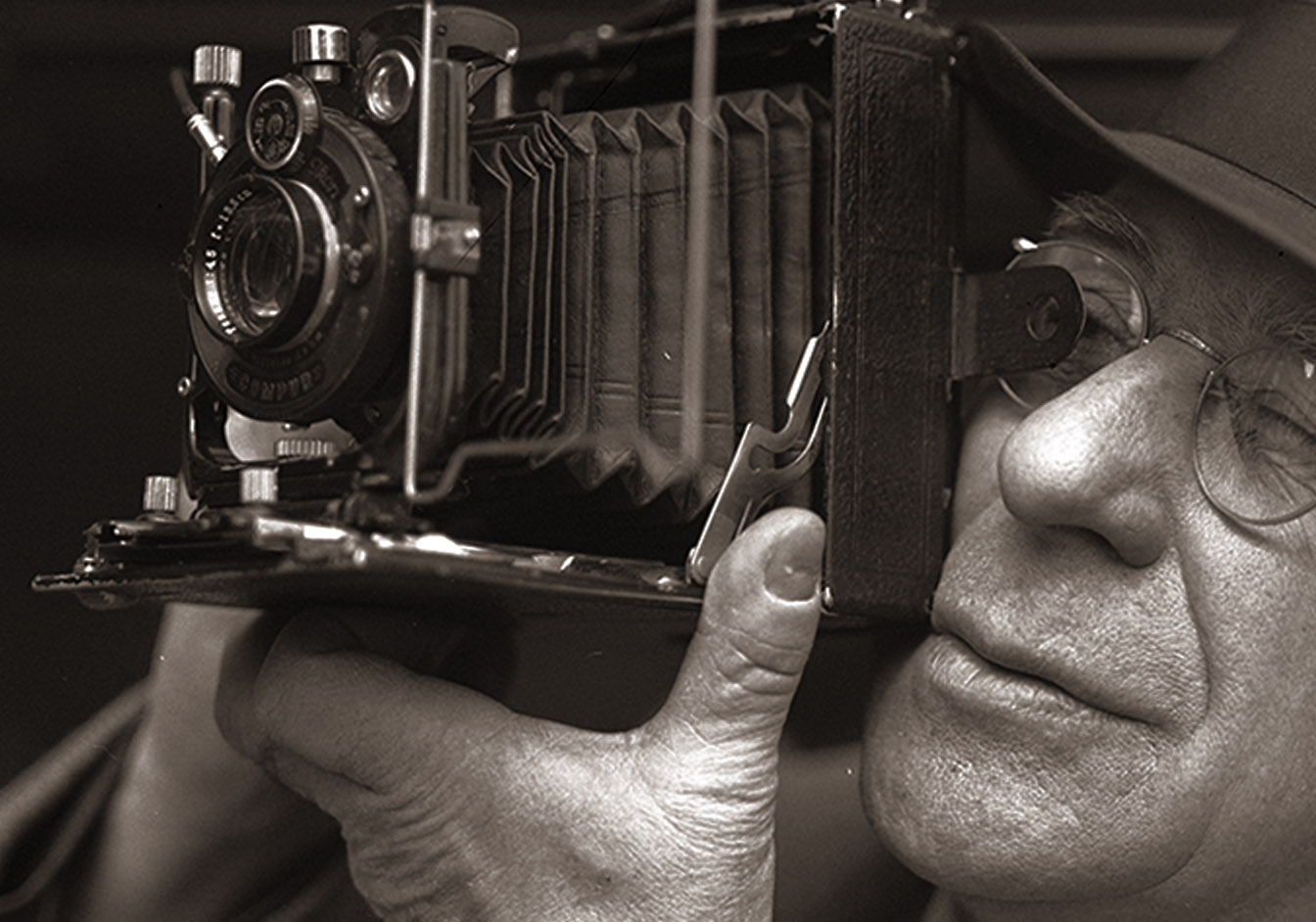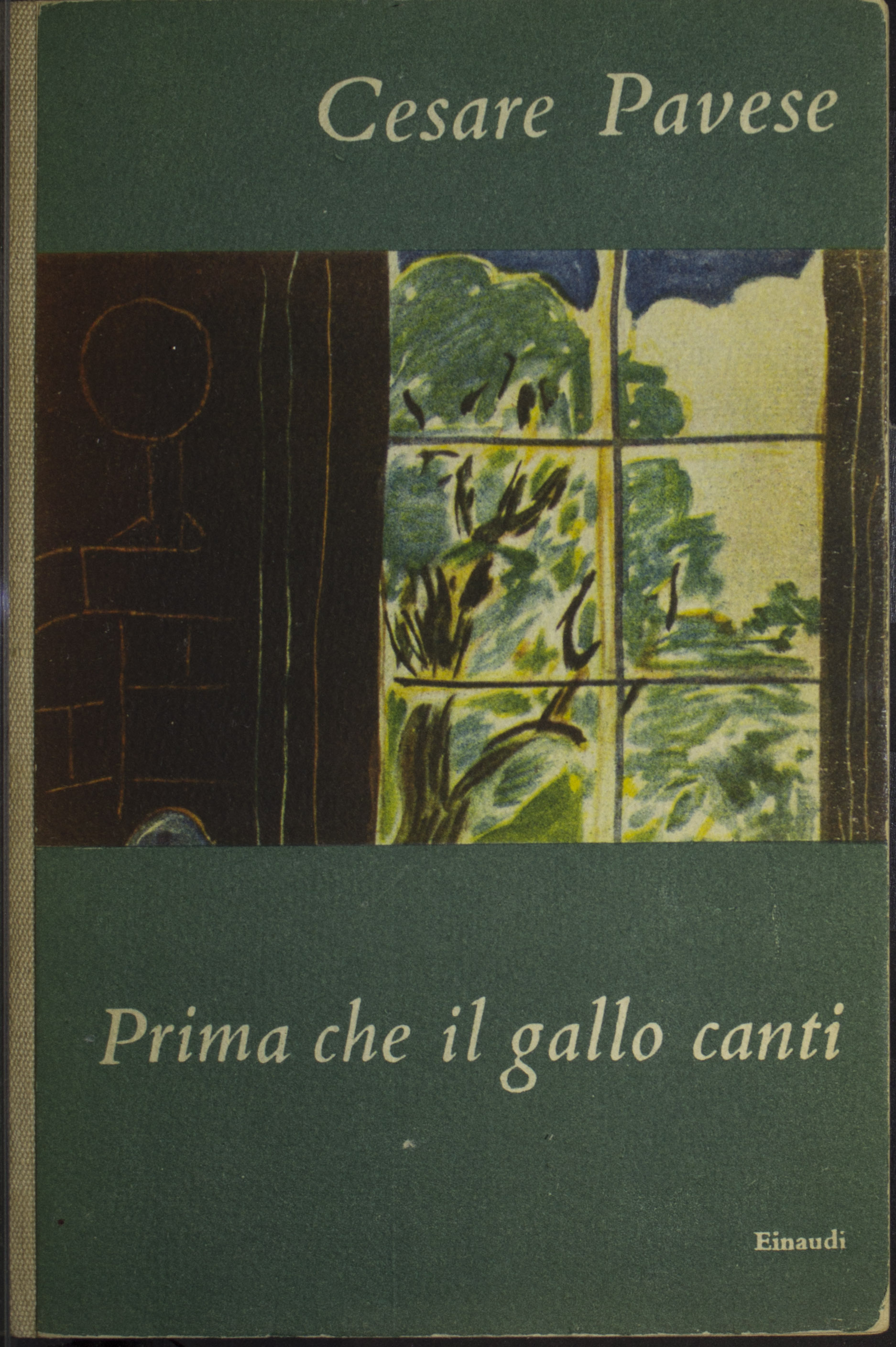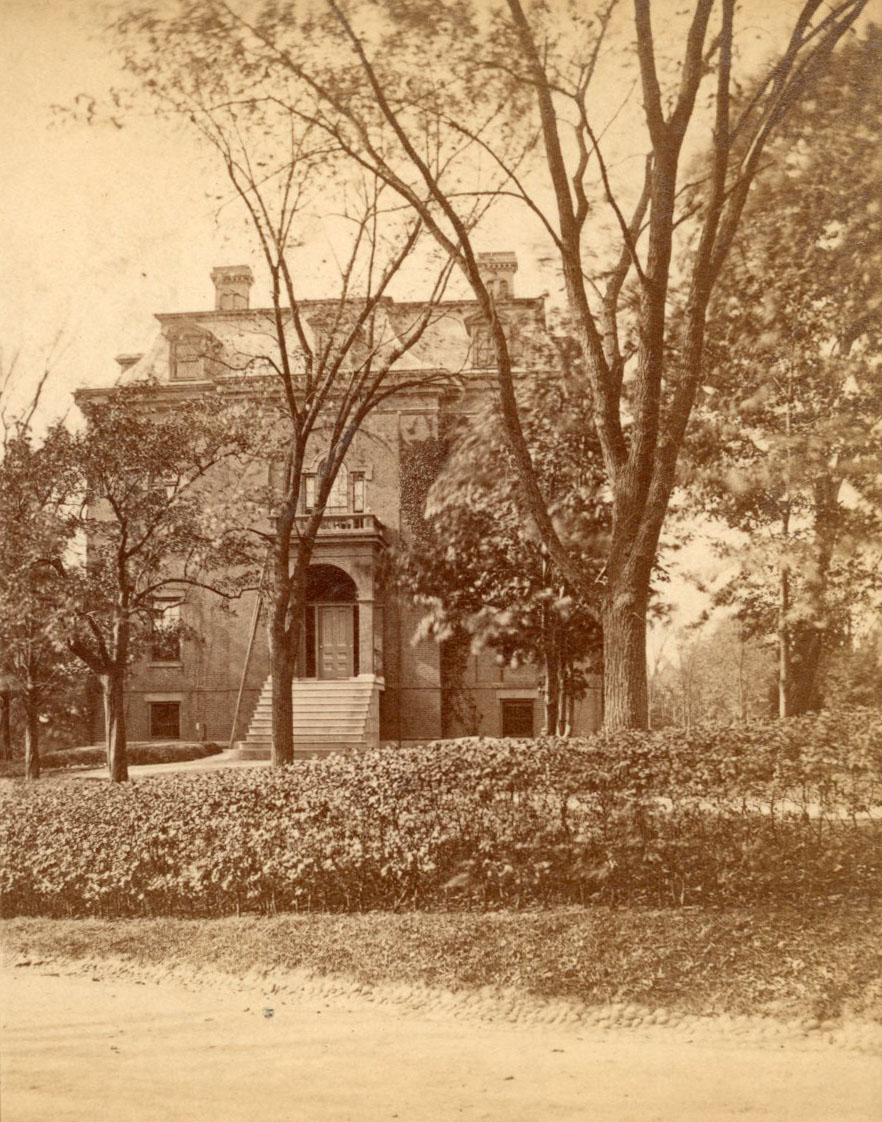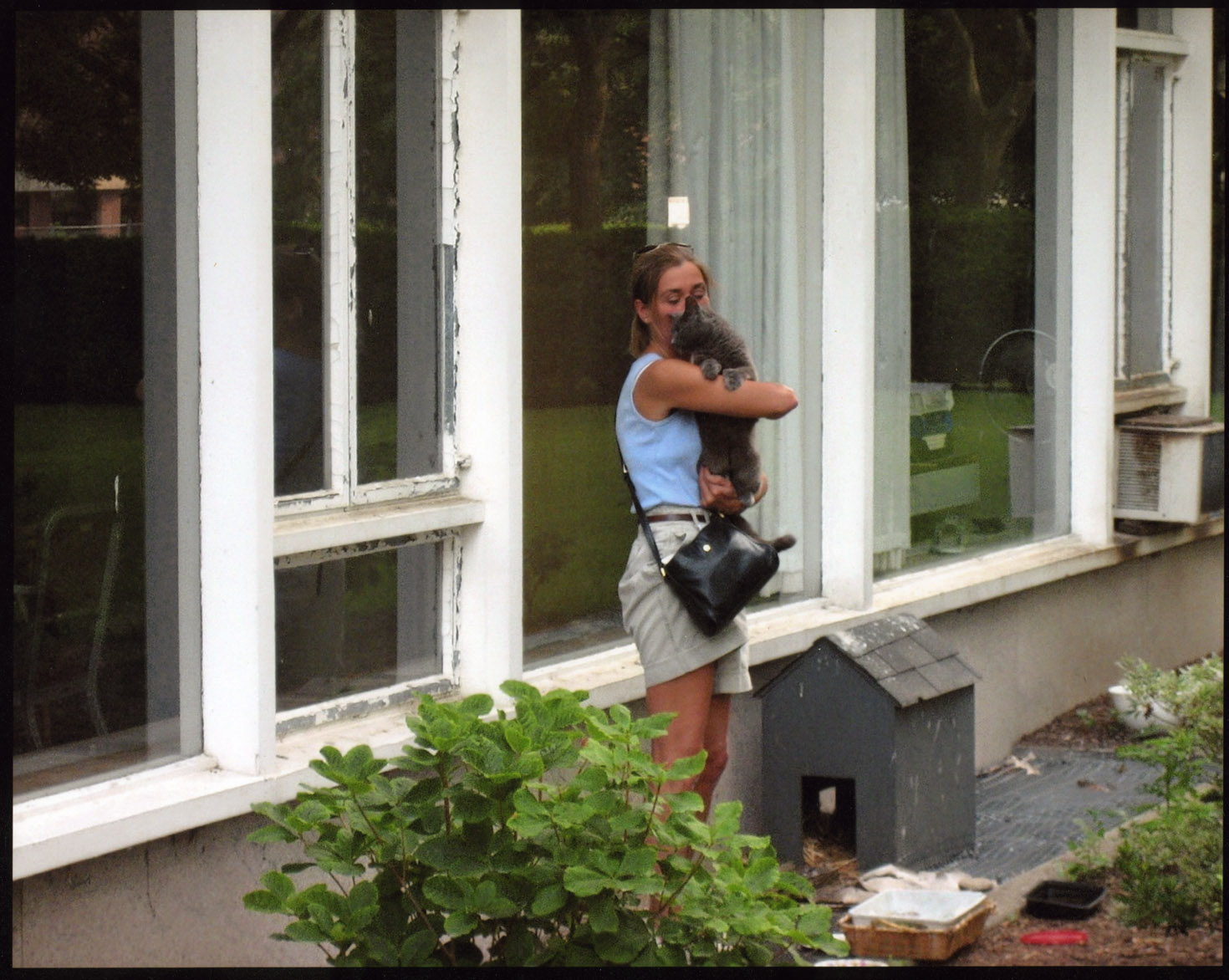Charles H. Patterson Papers
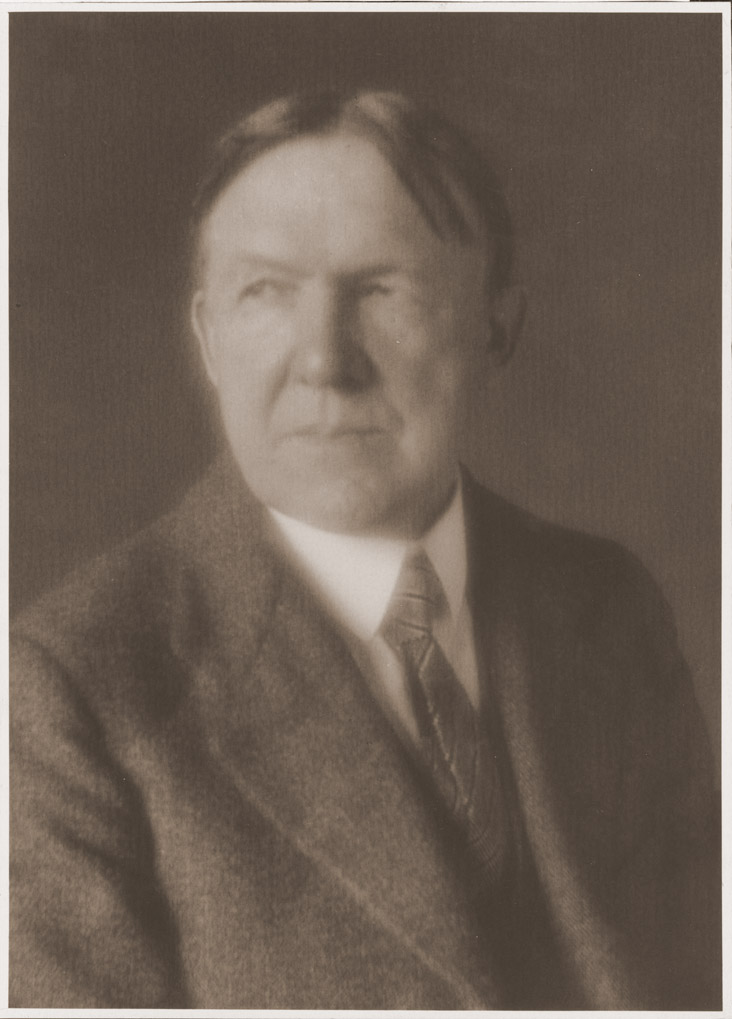
Photo by Frank A. Waugh, 1926
For many years, Charles H. Patterson served as head of the Department of Language and Literature at Massachusetts Agricultural College. Born in Smithsonville, Ont., in 1863, Patterson received both a BA (1887) and MA (1893) from Tufts University before launching his teaching career. He joined the faculty at MAC as an assistant professor of English, in 1916, after 13 years at West Virginia University. A former professional actor, he taught courses in modern literature, with a particular interest in drama, and served as department chair for nearly a decade before his sudden death in 1933.
The Patterson Papers contain a small selection of correspondence and notes on English composition and literature as taught at Massachusetts Agricultural College. Most noteworthy, perhaps, is a draft of Patterson’s unpublished book, The Amazing Boucicault.

